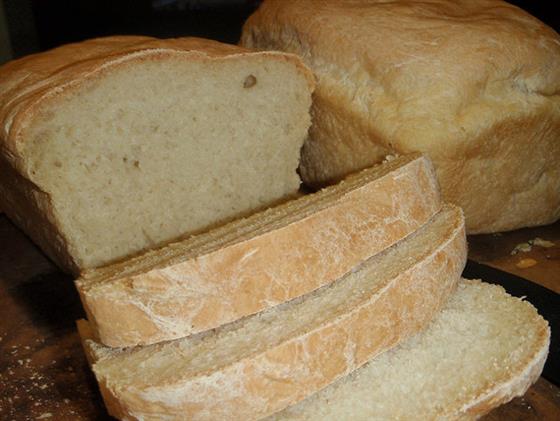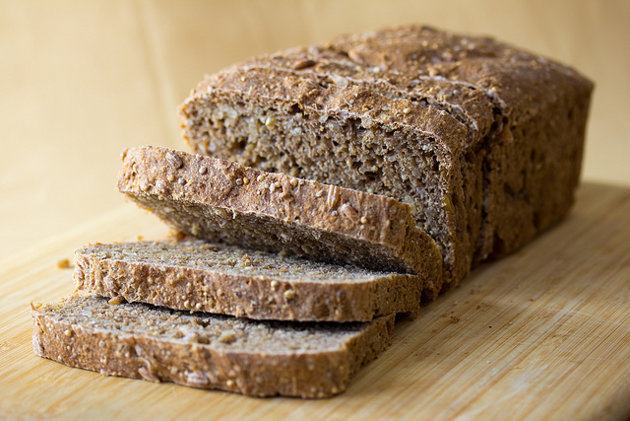
White Bread Is For The Rich?
By Sheere Ng - Saturday, Apr 06, 2013
It is pretty much official that wholegrain, containing germ (a portion of the grain containing B vitamins and minerals) and bran (a fibre-rich outer layer of grains), makes healthier bread than refined grains, which is used to make white bread. But back in the day, when it was not about health, but class distinctions, it was a different story altogether.
Wholegrain bread was regarded inferior and worthy only of the poor then. And amongst the privileged, white bread was the culinary equivalent of Gucci or Prada, eaten to define one’s stature.

During the Late Middle Ages, peasants’ loaf was a good deal darker than those of the nobles. The loaves were typically made of barley, rye, spelt or a mixture of grains. Although the peasants also produced “noble grains”, they were reserved, alongside seeds and animals, for paying taxes.
This trend continued beyond the13th century in France, Germany and England. Bread made of top-quality white flour was prized by people of privilege, whereas government officials and others with regular source of income ate lower quality brown bread. Whole wheat bread, considered the “worst” of the lot, was generally eaten by the poorest people.

The Arabs, who also shared the same preference for white bread, believed that black bread (al-khubz al-aswad), made of barley and sorghum, were for people who were punished and destined for hard labour, for only they could digest these gross type of food.
Hence, for hundreds of years, most Europeans were actually eating healthier bread, although they didn’t realise it then. But by the late 19th century, white bread became more affordable to the common man. In 1900, Britain became the first European country to convert to white bread, according to Bread and the British Economy. Subsequently, so did the rest of the world.
Another fun fact about bread: during the medieval times, dough were kneaded by bakers but cooked by other groups of men called the oven tenders. As demand for bread increased, oven tenders were tempted to make and sell loaves of their own.
Bakers resisted this competition by petitioning to the king for exclusive right to make bread, which was later granted. Soon after, the bakers also won the right to build their own oven. Hadn’t it been for this incident, we would today have to go to one store for dough and then lug it to another for bread!


